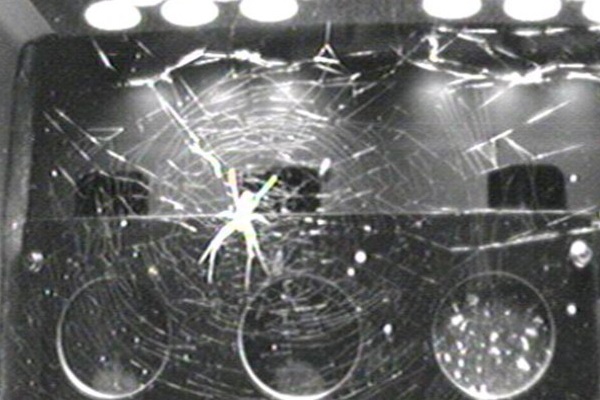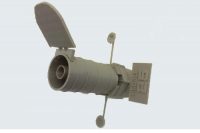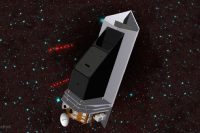Summary
To know the effect of gravity and light on the orientation of spiders, experimentalists from various universities came onboard and sent spiders in space. To their surprise they found that apart from gravity, light also casts an effect on spider’s orientation.
Description
Spiders in space have been a part of space expeditions or research for quite some time. Though, scientists have tried to experiment and know about the gravity’s effect on their behaviour. But, the thought to send spiders in space, was born out of the fact that they make asymmetrical webs on earth. Thus, to know the effect of a zero-gravity environment on their onstruction mechanism, NASA researchers, in 2008 sent spiders in space. The University of Basel, Switzerland, covered the research extensively.
First Experiment and its failure:
It felt like a simple puzzle but needed a well-planned execution. The team took two spider specimens i.e. Metepeira labyrinthea and the Larinioides Patagiatus, of different species and sent them for the space expedition. They wanted to use the former for the experiment and save the latter as a reserve. But to their utter disappointment, the reserved spider eloped from the storage chamber to the main one. And could not be put back in the storage chamber. As their food supply, researchers also added some fruit flies. But the experiment didnot see any good and expected results. These flies reproduced at a faster rate only to cover the whole chamber than these spiders built their webs. Moreover, the webs these spiders built were chaotic as they kept crossing each other’s way. And thus, this failed the experiment miserably.
Spiders in Space-the second experiment:
This failure troubled Paula Cushing who was one of the thinkers on board for the experiment. And yet another was planned in the year 2011 with the researcher Dr. Samuel Zschokke of the University of Basel. This time they wanted to experiment with four female spiders, keeping all the parameters the same except the gravity. Two of the spiders were sent to space while their other two companions stayed on earth.
Now another fact about such insects is that it is extremely difficult to determine the gender of an extremely young insect. Here, the experimentalists wanted to use all the four female spiders, but these spiders weren’t mature enough. And thus, their gender could be ascertained. Now, two of the spiders turned out to be males which are considerably different in size and structure from females. But, to the fortune of these experimentalists, the pairs turned out to be a duo of male and female each.
Development of the webs:
Now the experiments were recorded at both the places, and it was noticed that the spiders spun and disassembled webs repeatedly. The experimentalists Zschokke Cushing, Stefanie Countryman of the University of Colorado analyzed 100 such webs and over 14,500 images that the cameras took. They found out that surprisingly, the webs built at zero gravity were more symmetrical than the webs built at terrestrial gravity. And also the spiders occasionally had their heads downwards as compared to the terrestrial webs when spiders always have their heads downwards. Now another important factor that played a major role, was the difference of the light systems in zero and non-zero gravity environments.
Light system: Its effects
The webs that were built in lights of the ISS, had similar symmetries as those built in the terrestrial gravity. Thus, Zschokke says “We wouldn’t have guessed that the light would play a role in orienting the spiders in space”. They later published these observations in the journal “Science of Nature”. As contrary to the previous belief that light played no role in the development of the web, researchers this time found out amazing results. The spiders sat on their webs in inconsistent positions when the lights were turned off. And used the lighting system as an additional parameter to decide on the orientation of the web in absence of gravity. Also, when the spiders build web, the front and the rear part of the bodies stay in relative motion to each other. And thus, as extra aid of the light helped them in deciding their orientation.
Also Read: AI can help predict mouth cancer
Conclusion:
It is surprising to know the insights of how factors like gravity, light and body parts of spiders affect their web building mechanism. Also these factors play a great role in deciding the orientation of spider. And whether a spider rests upside down on its web or in the opposite direction.






